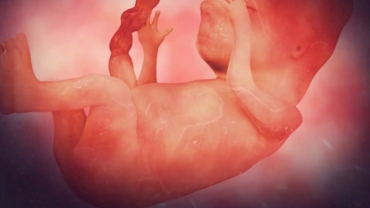An ideal anesthetic given during childbirth provides pain relief so that you can still actively participate in the birth and push when you need to do so. It also doesn’t stop contractions or slow your baby’s life functions. However, an emergency calls for a general anesthetic sometimes.
Doctors rarely use general anesthesia in vaginal deliveries. They use general anesthesia in emergencies and sometimes for cesarean delivery. Other reasons for you to have general anesthesia during delivery include the following:
• The regional anesthetic doesn’t work.
• There’s an unanticipated breech birth.
• Your baby's shoulder gets caught in the birth canal, which is called shoulder dystocia.
• Your doctor needs to extract a second twin.
• Your doctor is having difficulty delivering your baby using forceps.
• There’s an emergency in which the benefits of general anesthesia outweigh its risks.
If you’re having general anesthesia, it’s important to reduce your baby's exposure to the anesthetic as much as possible.
This production provides information regarding having an emergency epidural in labour, the video covers;
1. Requesting an epidural
2. What an epidural is
3. Giving consent and understanding the risks
4. Having a cannula and drip
5. Monitoring you and your baby
6. Having the epidural procedure
7. Making sure the epidural is working
8. Topping up the epidural
9. The effect of an epidural on your labour
10. After effects of an epidural
- 5380 views













